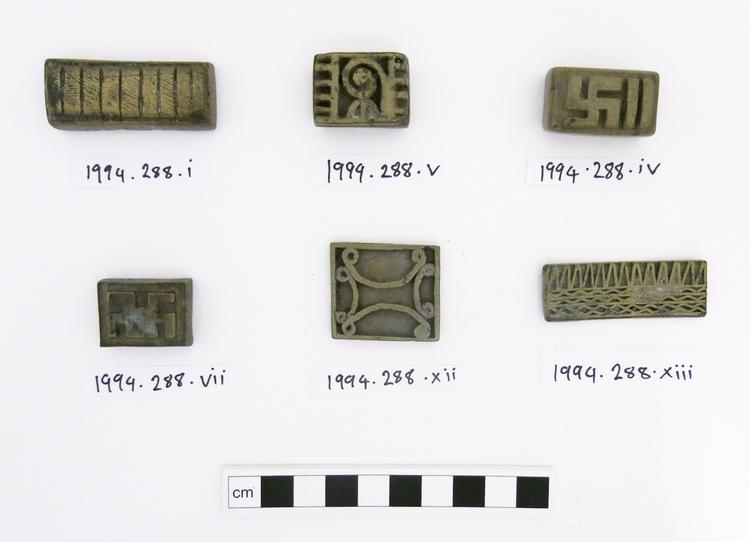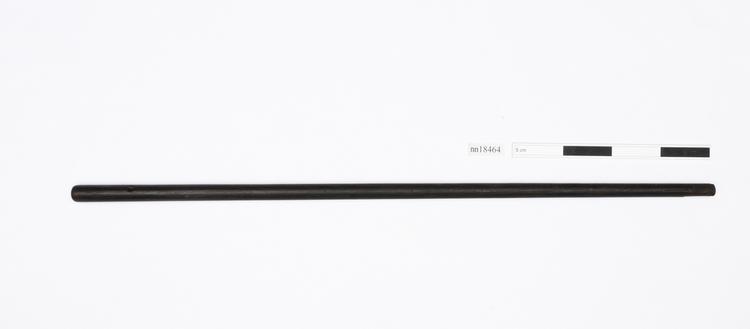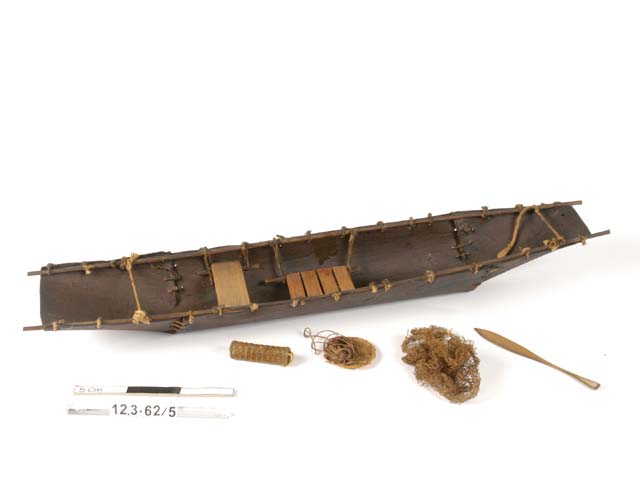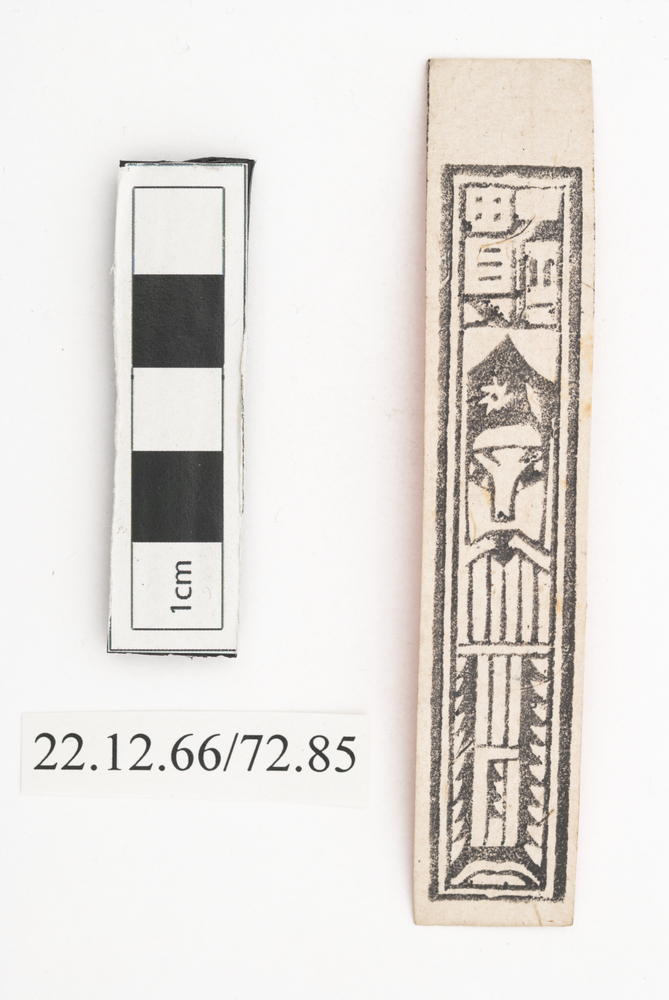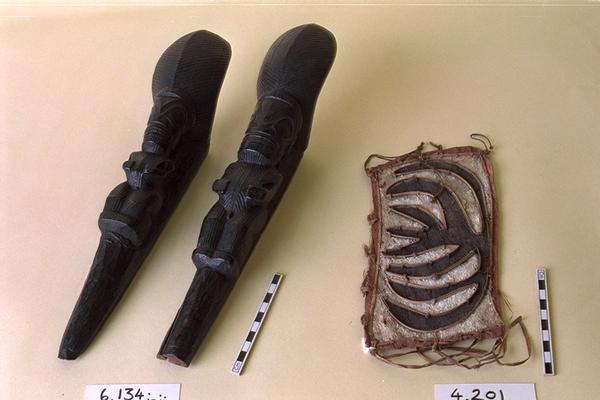
Pair of stilt steps used in ceremonial stilt-duelling.
Stilt steps, Marquesas Islands. These tapuvae stilt steps carved from tamanu wood (Calophyllum inophyllum) would once have been lashed to poles 1.5 m - 2 m in height, although they have become famous around the world as unique images of the human form. For the Marquesas Islanders, stilts were more than playthings or props for clowning – although they were both at times. Instead, they were used in religious ceremonies, where men physically competed to out-perform one another in running, jumping, turning somersaults and so on, each man hoping to force his opponents to trip and fall. This kind of competitive religious sport was a feature of many Polynesian cultures, and can also be recognised in the ‘bird-man’ races of the Easter Islanders, and the ceremonial wrestling and boxing of Western Polynesia. Although Marquesas Islands men were expert at using stilts, their competitions took place on the local ceremonial ground (me‘ae), which usually took the form of a raised terrace paved with irregular blocks of stone. It was therefore quite a treacherous playing surface. Wood. Late 19th Century. Formerly in the private collection of Mr. F. Smith.



